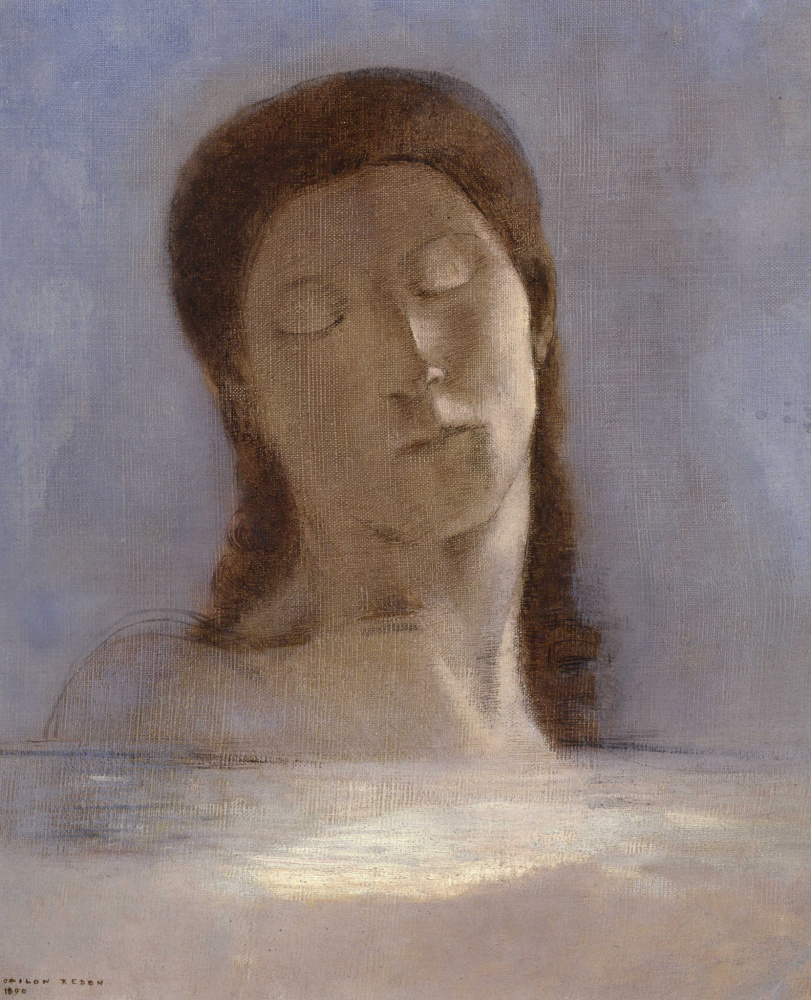log in
Enter site
Login to use Arthive functionality to the maximum
log in
publish
Artworks
Künstler
Museen und Galerien
Veröffentlichungen
Products and prices
Closed eyes
Odilon Redon • Malerei, 1890, 44×36 cm

$55
Digital copy: 661.8 kB
1662 × 2048 px • JPEG
35.3 × 43.1 cm • 120 dpi
28.1 × 34.7 cm • 150 dpi
14.1 × 17.3 cm • 300 dpi
1662 × 2048 px • JPEG
35.3 × 43.1 cm • 120 dpi
28.1 × 34.7 cm • 150 dpi
14.1 × 17.3 cm • 300 dpi
Digital copy is a high resolution file, downloaded by the artist or artist's representative. The price also includes the right for a single reproduction of the artwork in digital or printed form.
Über das Kunstwerk
Kunstgattung: Malerei
Motiv und Objekte: Porträt
Kunststil: Symbolismus
Technik: Öl
Materialien: Leinwand
Erstellungsdatum: 1890
Größe: 44×36 cm
Region: Paris, France
Standort: Das Museum D ' Orsay, Paris
Das Kunstwerk befindet sich in den ausgewählten Sammlungen: 12 selections
Digital copy shipping and payment
A link for digital copy downloading will be available right after the payment is processed
Pay on site. We accept Visa, MasterCard, American Express.
Es gibt noch keine Beschreibung dieses Kunstwerks. Möglicherweise wird sie später veröffentlicht. Verfolgen Sie die Aktualisierungen in Artchiv.
Kommentare
Zum Schreiben eines Kommentars anmelden oder registrieren.
Über Artchiv
Artchivs Möglichkeiten
Apps und Services
We’re on social media and chats

